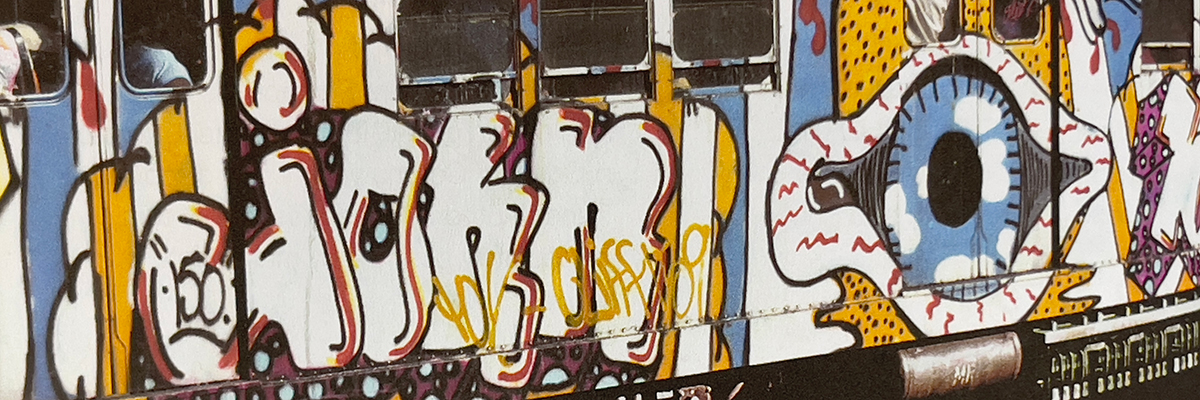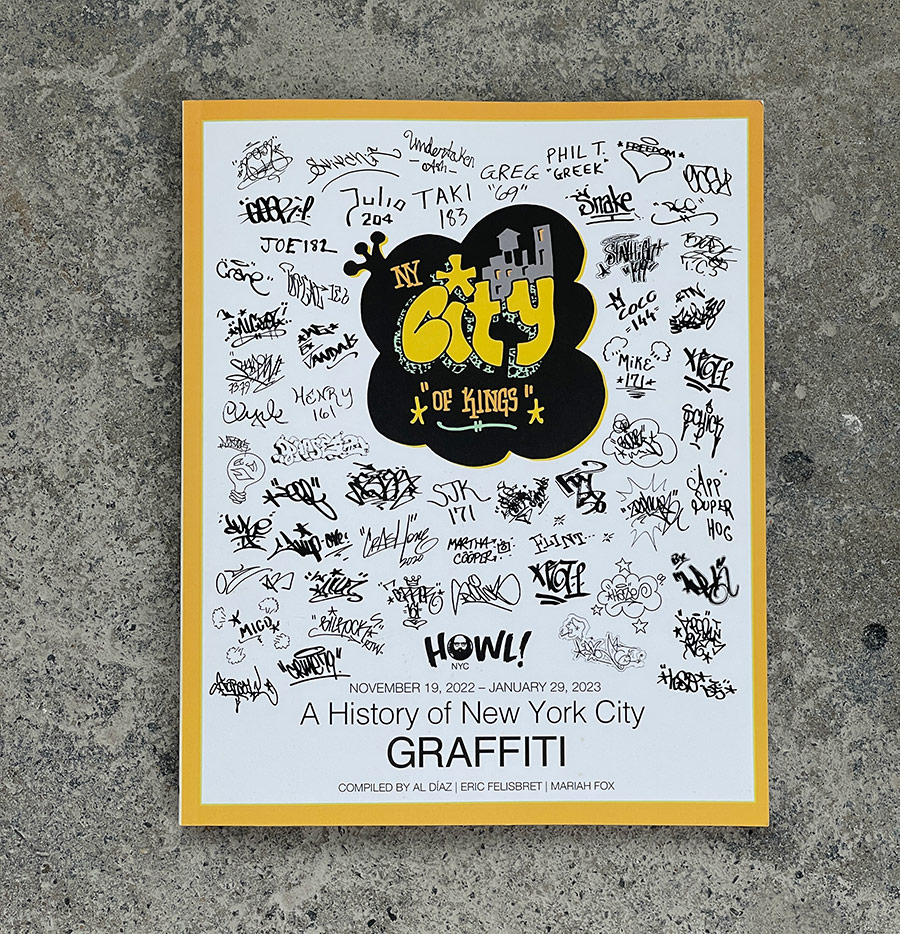
“Like a small team of ants dragging a slice of Wonderbread down the sidewalk to home base, we persevered,” writes OG New York graffiti writer and curator Al Diaz about the collaborative process that produced an exhibition and catalog this winter called “City of Kings: A History of NYC Graffiti.”
Respected on the New York graffiti scene for his contributions as a writer, collaborator, and artist, his street works with Basquiat as part of the SAMO© duo helped to push the boundaries of graffiti and street art, and his overall body of work has had a lasting impact on the development of the graffiti and street art movements.
A wildly dispersed and organic scene like the one birthed by graffiti over more than five decades ago has had thousands of authors, making it a daunting task to tell this story at times, says Diaz. To do so he made sure to work with two other curators who could complement his own knowledge and abilities when researching and collecting proper history to illustrate this movement correctly.
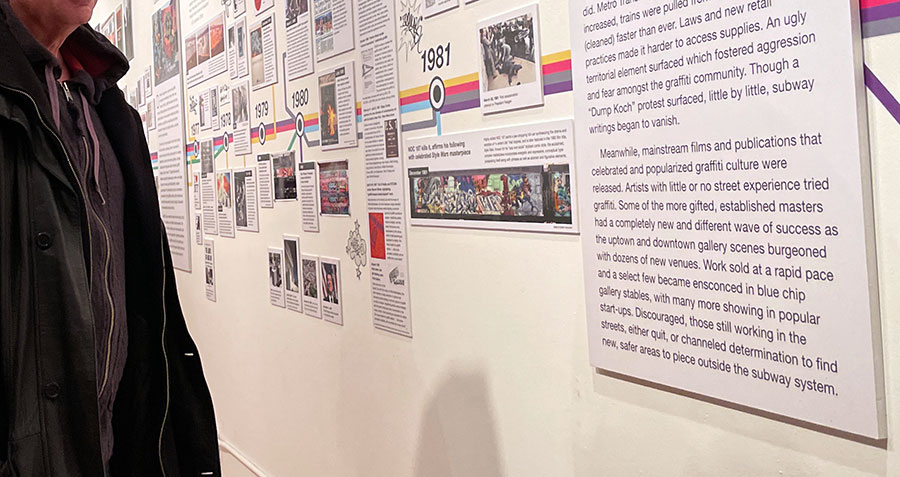
A compact, attractive, and dense show at Howl! Gallery in Manhattan’s Lower East Side, the timeline colorfully climbs around three of the space’s four walls. It presents a cogent, multifaceted historical record of the secretive yet public graffiti culture thanks to Diaz and co-curators Eric Felisbret and Mariah Fox.
Felisbret, also known as DEAL CIA was a member of the graffiti crew “CIA” (which stood for “Crazy Inside Artists”) during the 1970s, and he co-authored the book “Graffiti New York” in 2009. He also founded the website “149th Street” in 1997 to document the history of graffiti in New York City – over the years featuring a vast archive of graffiti photos and interviews with graffiti writers, as well as articles and essays on the history and culture of graffiti.
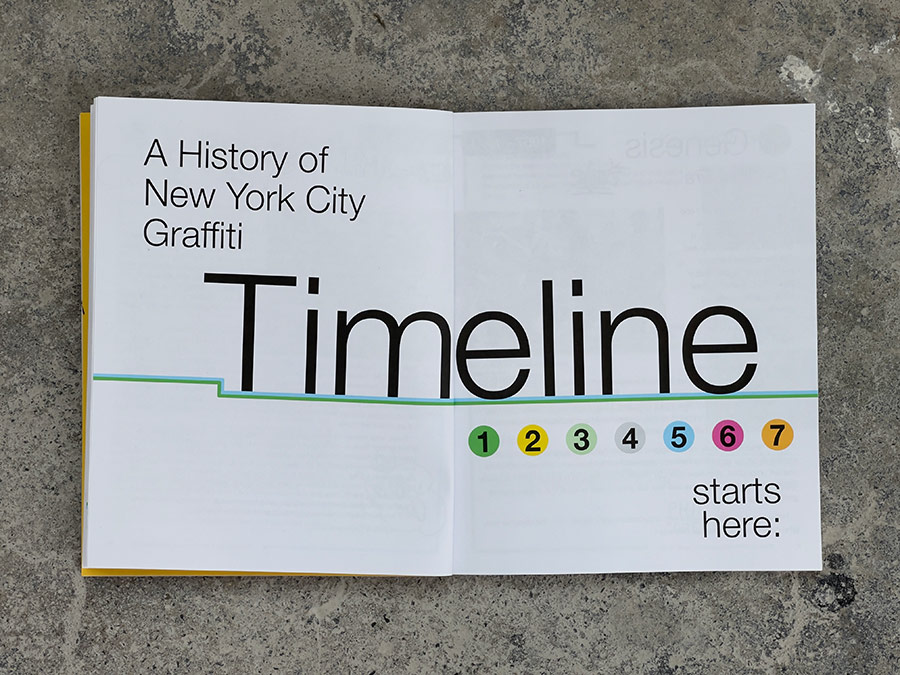
Mariah Fox is an educator, graphic designer, illustrator, and curator who has played a vital role in elucidating the graffiti landscape through her scholarship and love for the scene that formed the practices of pioneers like Diaz and Felisbret. In addition to her expert execution of a design theme and vernacular that supported the history but did not overwhelm the show and the book, Diaz says that Fox kept the project on track for its ultimate success.
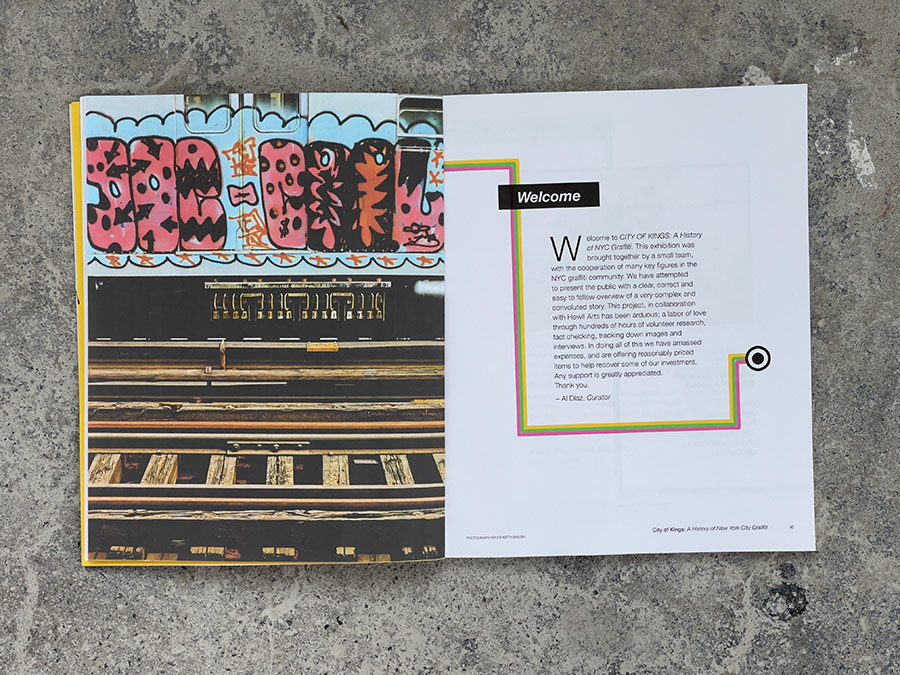
Working within the larger community, the three pulled off a comprehensive, educational exhibition and program that included essays by the three and Chris Pape (Freedom), as well as panel discussions with graffiti historians, documentarians, and graffiti writers who were there during the formative chapters New York’s history on trains and walls.
In the beginning, and in the end, it’s all about the writers, say the curators.
“What makes this exhibit different from others,” says Diaz in an essay from the catalog, “is that the chronological narrative is told through the lens, and voice of the actual players who created graffiti, not observers, gallerists, art historians, collectors or academics. New York City graffiti artists have historically been underrepresented and our narrative has been misinterpreted or skewed. An accessible, concise, clear account for the general public is long overdue.”
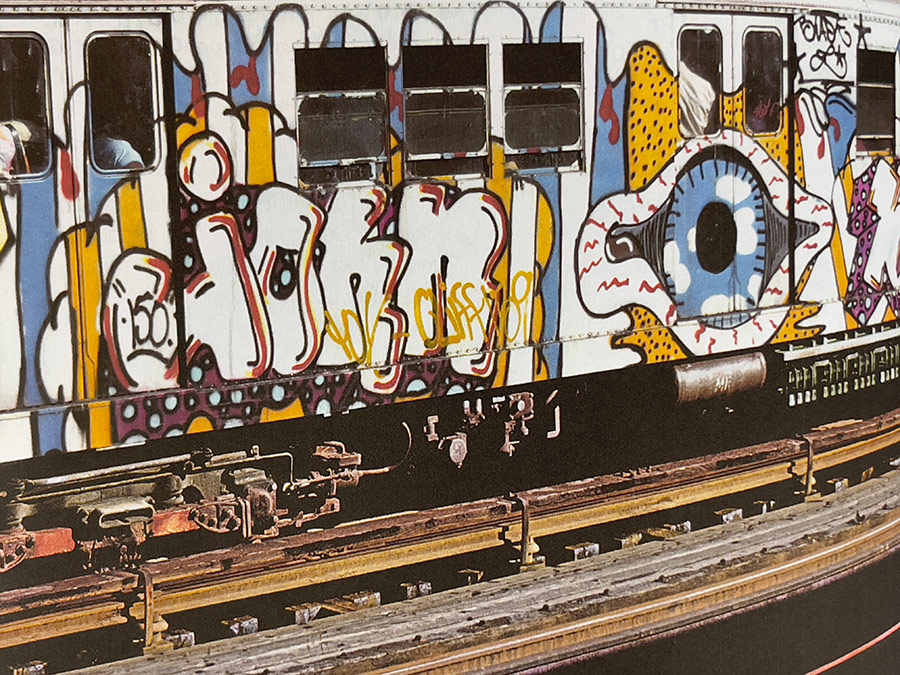
“I couldn’t tell the story,” said Terror 161 at the exhibition’s opening, “because you know what? It’s everybody’s story. Like, somebody’s truth is my fiction.” The writer, author, and historian hosted two of the panels – one with first-generation New York City writers Wicked Gary, Coco 144, Mike 171, Ree 2, and Jester, and the other with famed photographer and documentarian Martha Cooper.
Looking over the timeline, it’s clear that this is a commonly held sentiment.
“The exact moment and origin of graffiti as we know it today is complex and heavily disputed,” say the curators in opening Part 1: Genesis, The Wall Era. “The narrators of this story pay credence to their unique New York City socio-cultural landscape as a spawning ground.”
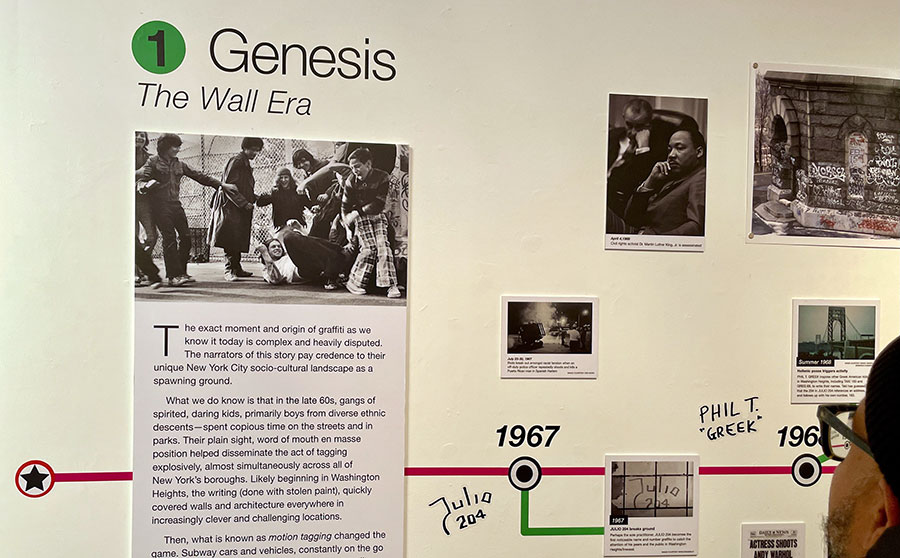
But differences of opinion characterize the entire scene in the telling and the retelling, perhaps giving additional meaning and context to ‘Beef’, a primary feature of the history. For example, the music commonly associated with graffiti culture is Hip-Hop – it is even a forgone conclusion by many. Not so, say some of the pioneer graffiti writers who refer to hard rock as being more influential in their aerosol history.
Terror 161 says graffiti doesn’t need to be paired with either music genre. “I don’t connect music to it at all,” he says. “I say it’s a standalone visual art form that needs nothing attached to it. Dudes listened to what they listened to.”
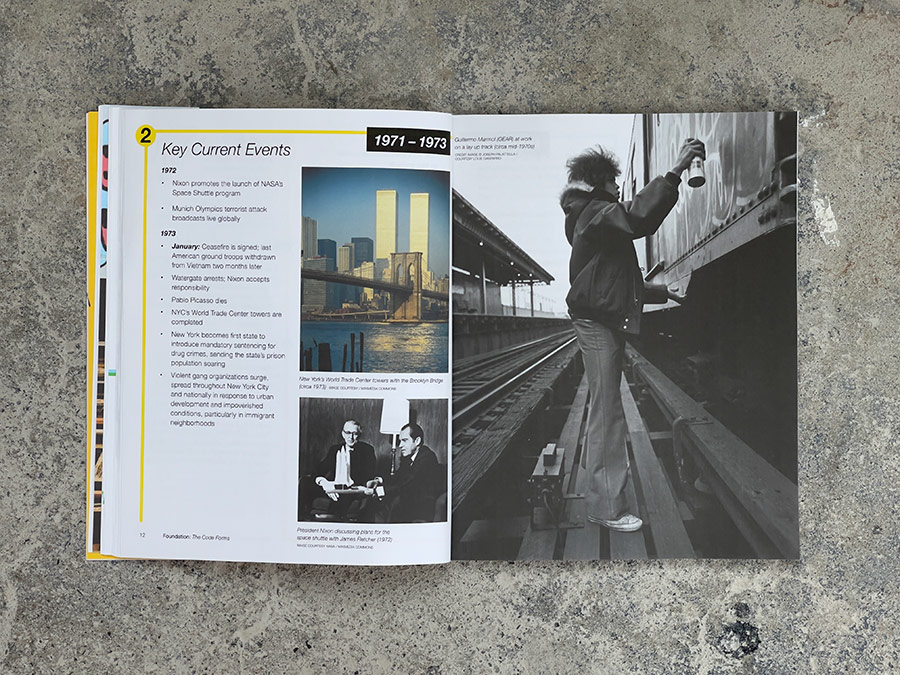
The chapters of “City of Kings” are loosely gathered according to significant developments in the evolution of the graffiti scene, its practices, and players – all set across a backdrop of benchmarks in the social, economic, and popular aspects of local and worldwide news.
Chapter 1: Genesis (1967-1971) The Wall Era
Chapter 2: Foundation (1971-1973) The Code Forms
Chapter 3: Peak (1973-1976) Refined Tenets
Chapter 4: Revival (1977-1981) Revival
Chapter 5: Buffed (1981-1985) Survival of the Fittest
Chapter 6: Reset (1986-1989) The Die Hards
Chapter 7: Eternal (1989-Present) The Fields Blur
The latter chapter is a catch-all that attempts to contemplate the reverberations of the original scene, which many, including Pape in his essay, say “met its demise” in 1989. Graffiti continued to adopt, adapt, and mutate as it was absorbed into popular culture, adopted by advertisers, and endlessly coupled with the dreams of artists and creatives of all stripes worldwide. Blur is an apt descriptor.
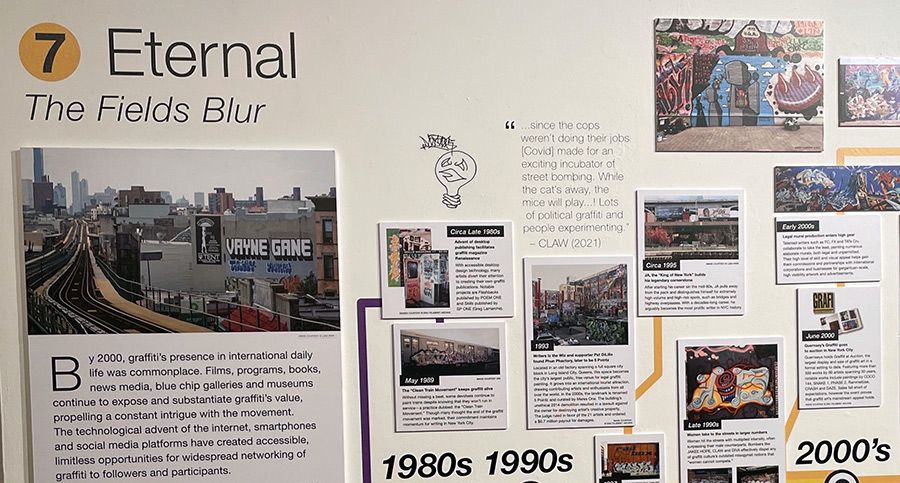
In their brief tutorial named, “Code of Respect” Felisbret and Diaz describe foundational guidelines for writers as a guide, such as “Respect the Name,” “Don’t Bite,” and “Racking Up.” Lest you think there are no rules in graffiti, in the final section called “Following the Code, they offer the proviso, “this attitude always ends in conflict.”
“It’s comprehensive; it’s like a lesson plan,” says Diaz of the show, particularly the illustrated catalog accompanying it. It serves as an excellent primer, vetted and written by the people who were there.
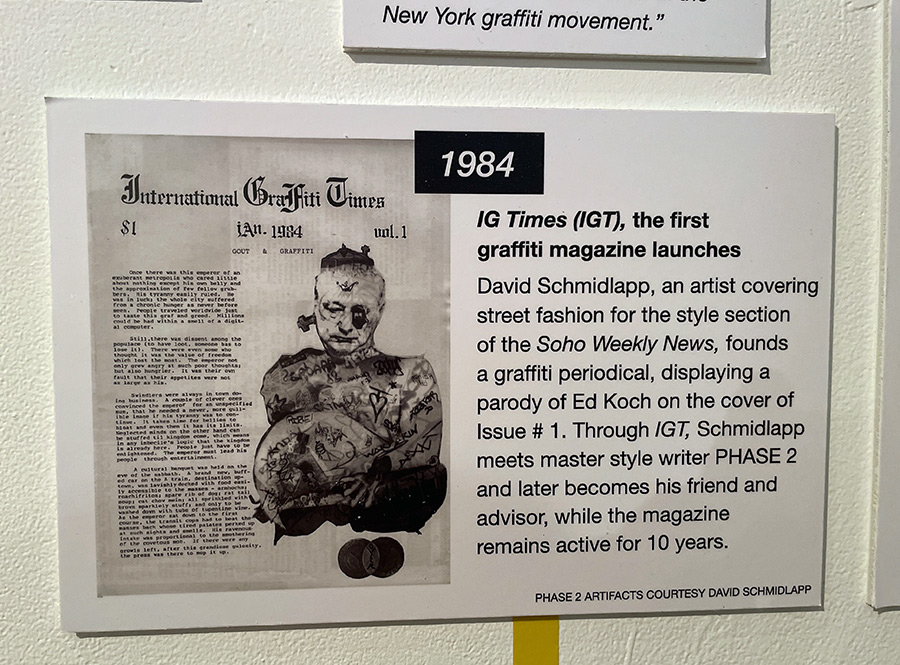
“As an educator, I love covering new topics but it is often difficult to create sound lesson plans from scratch when teaching innovative new courses. The materials exist in various formats, but always need to be organized in a digestible way,” says Fox in her “Note to Educators.”
“This exhibition and accompanying catalog may serve as coursework for a range of all-age students. The content was curated with an inclusive, accessible intent, though this was often challenging to achieve. The time constraints upon us limited our abilities, so this isn’t a perfect package.”
As institutions and researchers continue to build their knowledge about the global democratic people’s art movement spawned by graffiti, “City of Kings” ensures that many of us will have a textbook that helps form the foundation in this ongoing education.

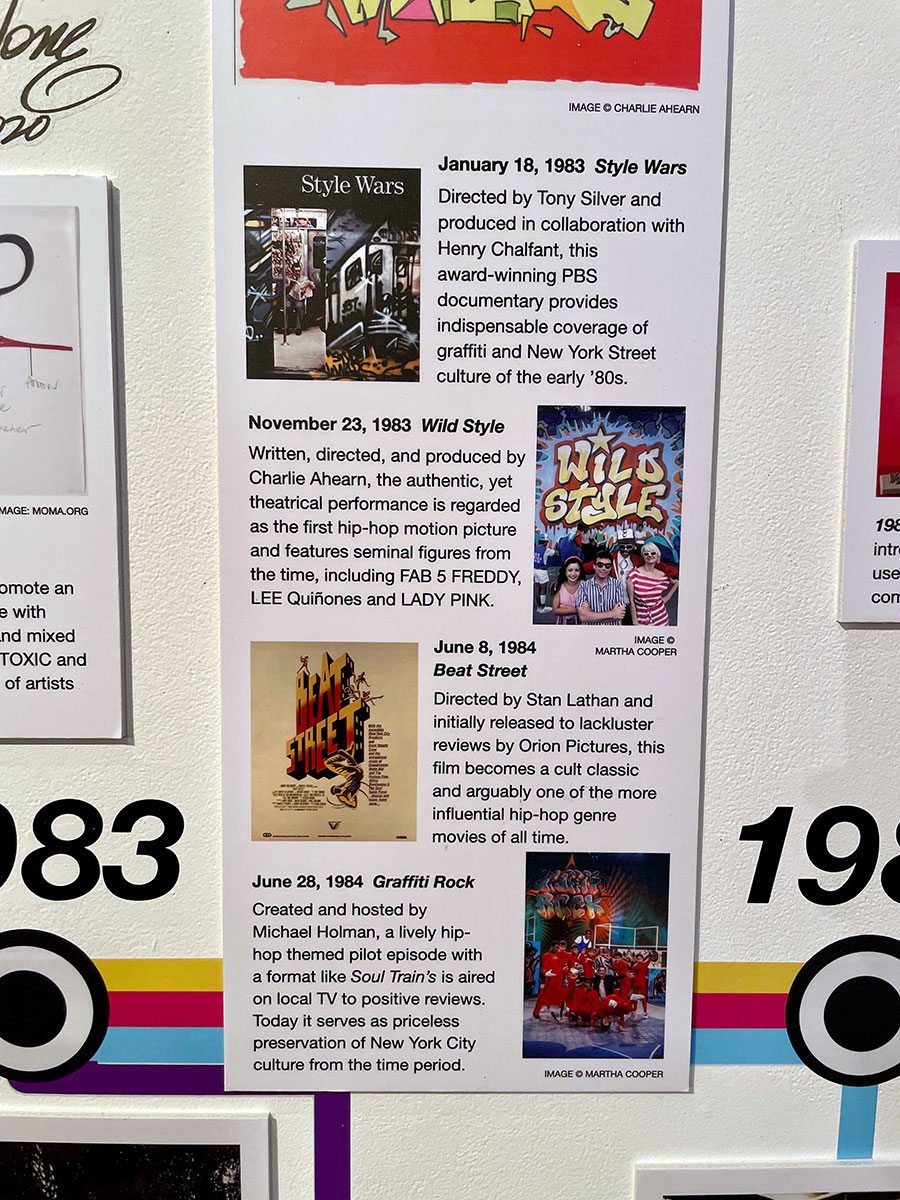
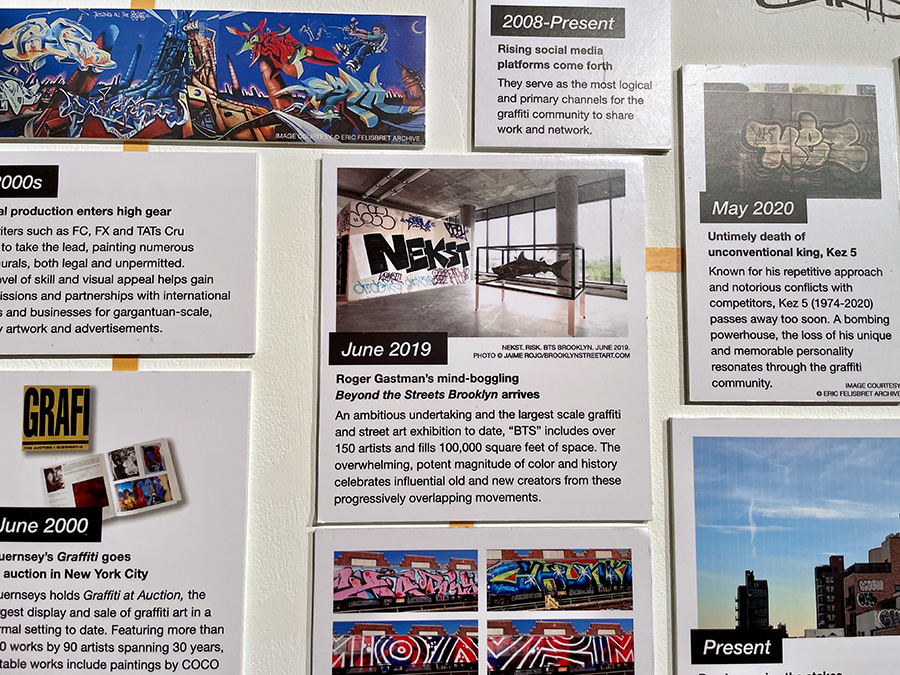
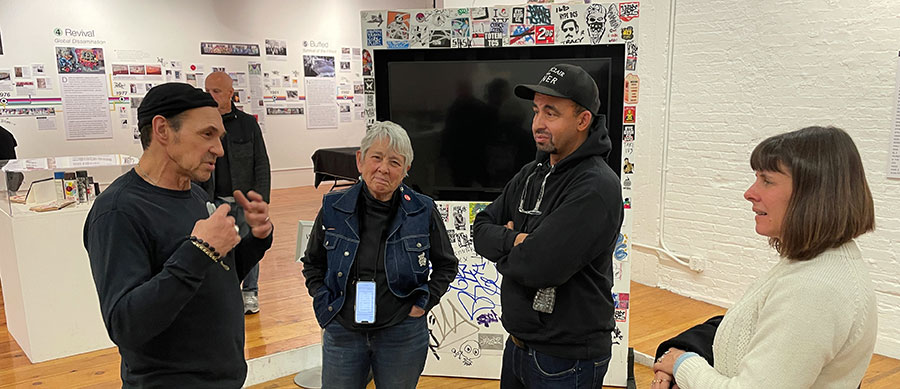
 BROOKLYN STREET ART LOVES YOU MORE EVERY DAY
BROOKLYN STREET ART LOVES YOU MORE EVERY DAY